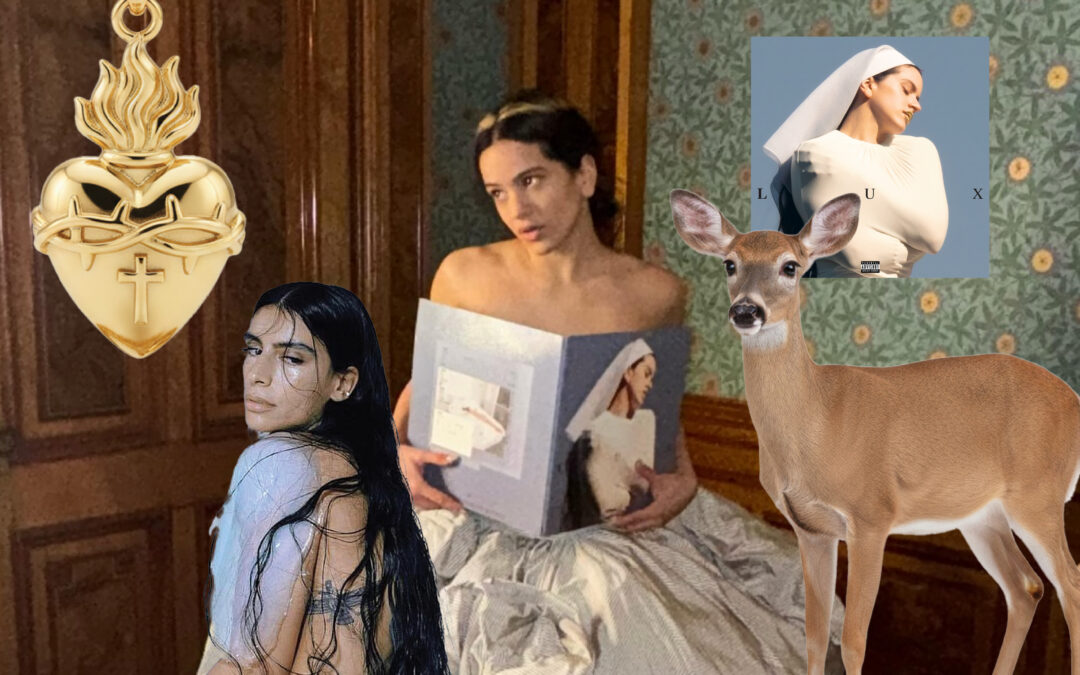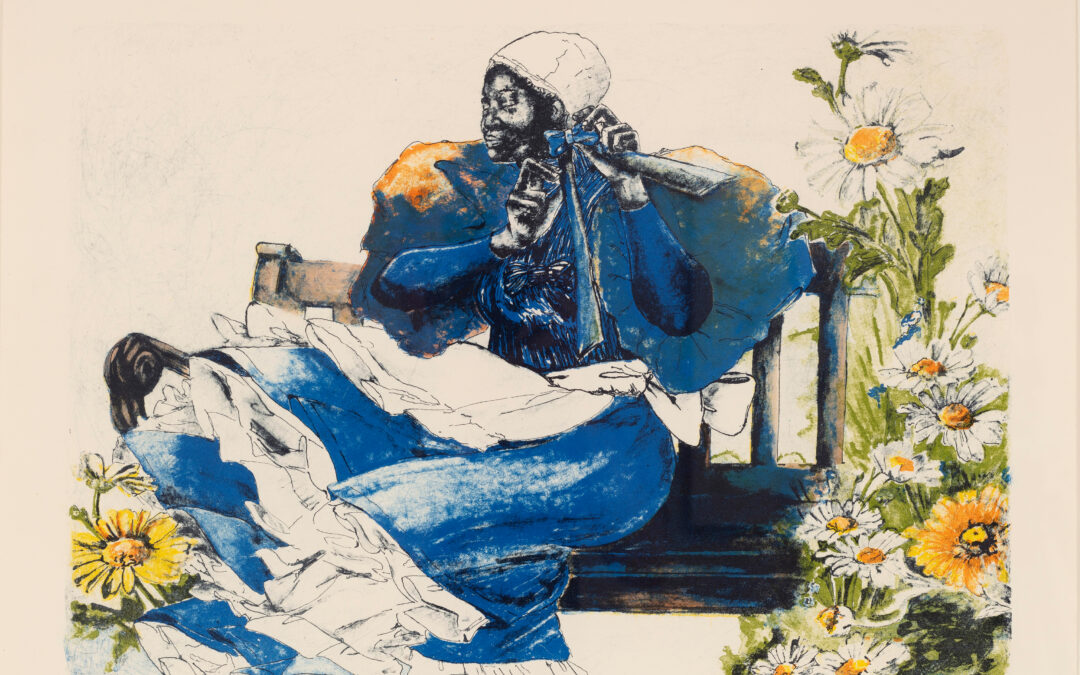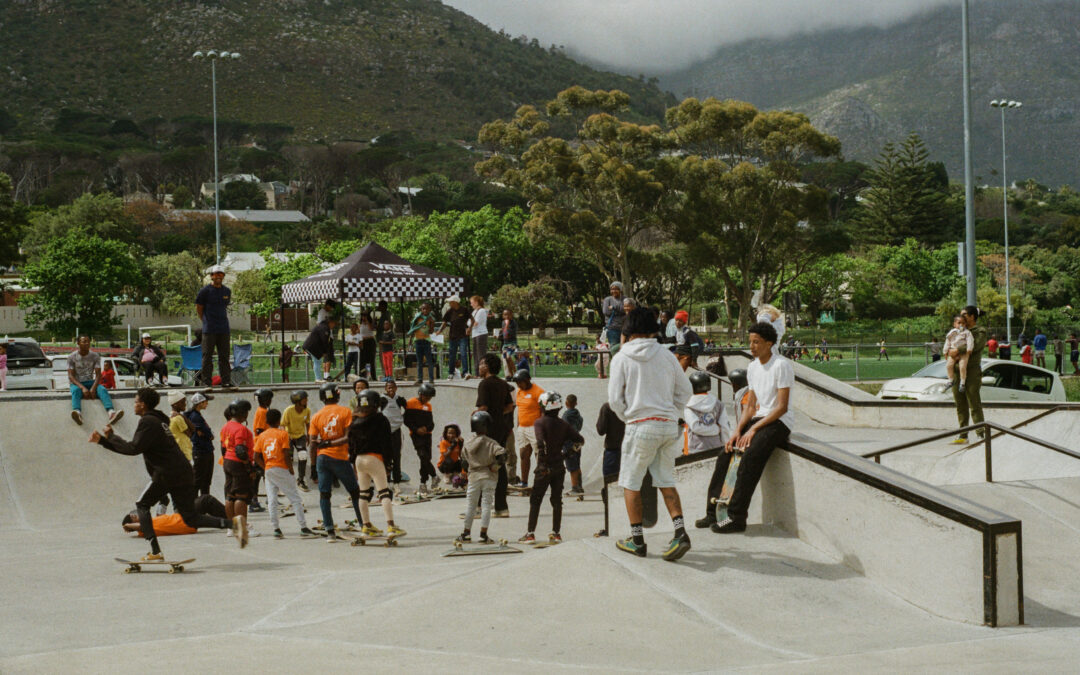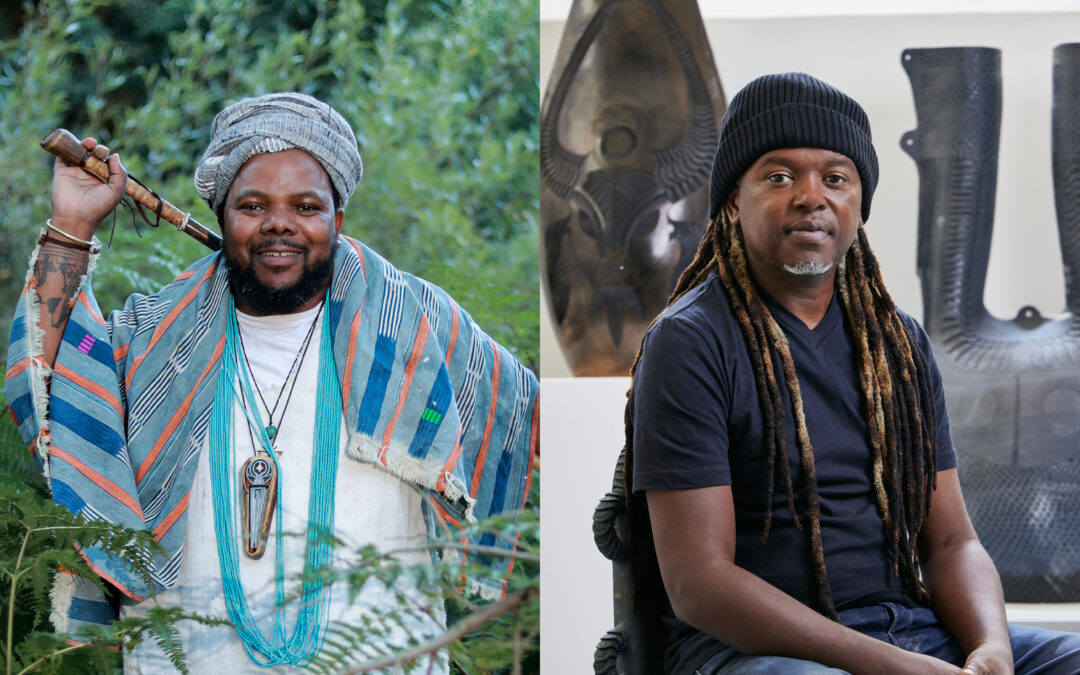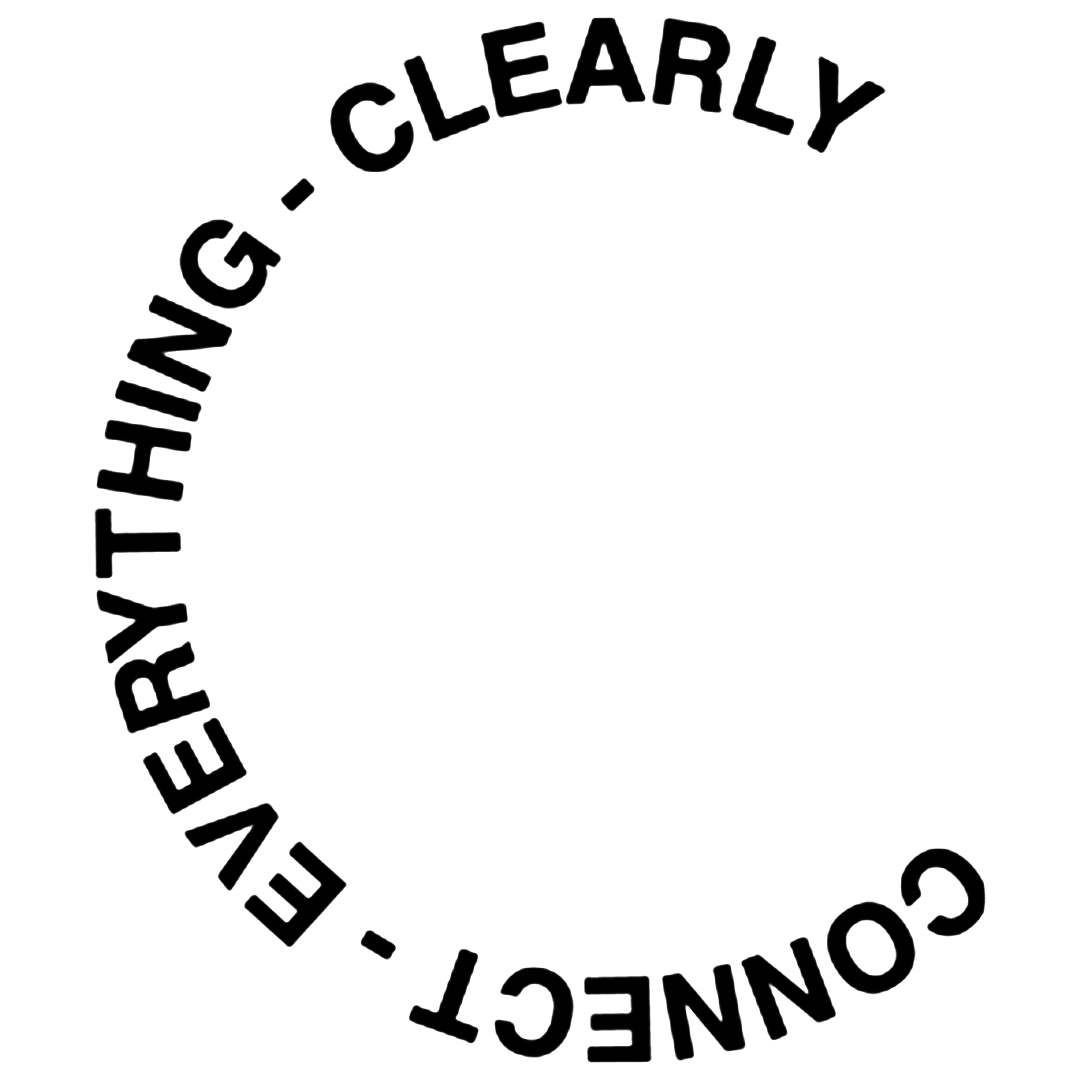Everard Read gallery presents Vusumzi Nkomo‘s latest exhibition ‘Discordant Infrastructure and other minor gestures’ which opens on Wednesday 9 April until 26 April.
Nkomo is an artist, writer and educator living and working in Cape Town. His practice explores the systems and structures that produce modern subjects. Through a practice that spans across sculpture, installation, video, drawing, performance and sound, Nkomo interrogates the continuities between the economy and racial violence, games, knowledge production and memory. Working with a range of materials such as concrete, glass, mirrors, shoe polish, sea salt, soil, Nkomo stages speculative encounters between objects to expose the operations of structural violence and paradigmatic precarity in the longue durée (long-term histories) of South Africa’s history of racial slavery, colonialism and their ‘afterlives’.
Often drawing from conceptualist and minimalist strategies, Nkomo is interested in systems aesthetics, seriality, repetition, fragmentation and movement, as modes of unveiling and demystifying the pervasiveness and ubiquity of anti-Blackness.
Nkomo has been described as ‘one of [the] key thinkers’ of the city’s art scene by Sean O’Toole in a recent article featured in Art Forum. O’Toole goes on to describe his practice as being part of ‘a lineage of austere, non-referential sculpture freighted with social implications. His method of using everyday things… links him to contemporary artists like [Moshekwa] Langa, Igshaan Adams, Dineo Seshee Bopape, Nicholas Hlobo and Kemang wa Lehulere.’
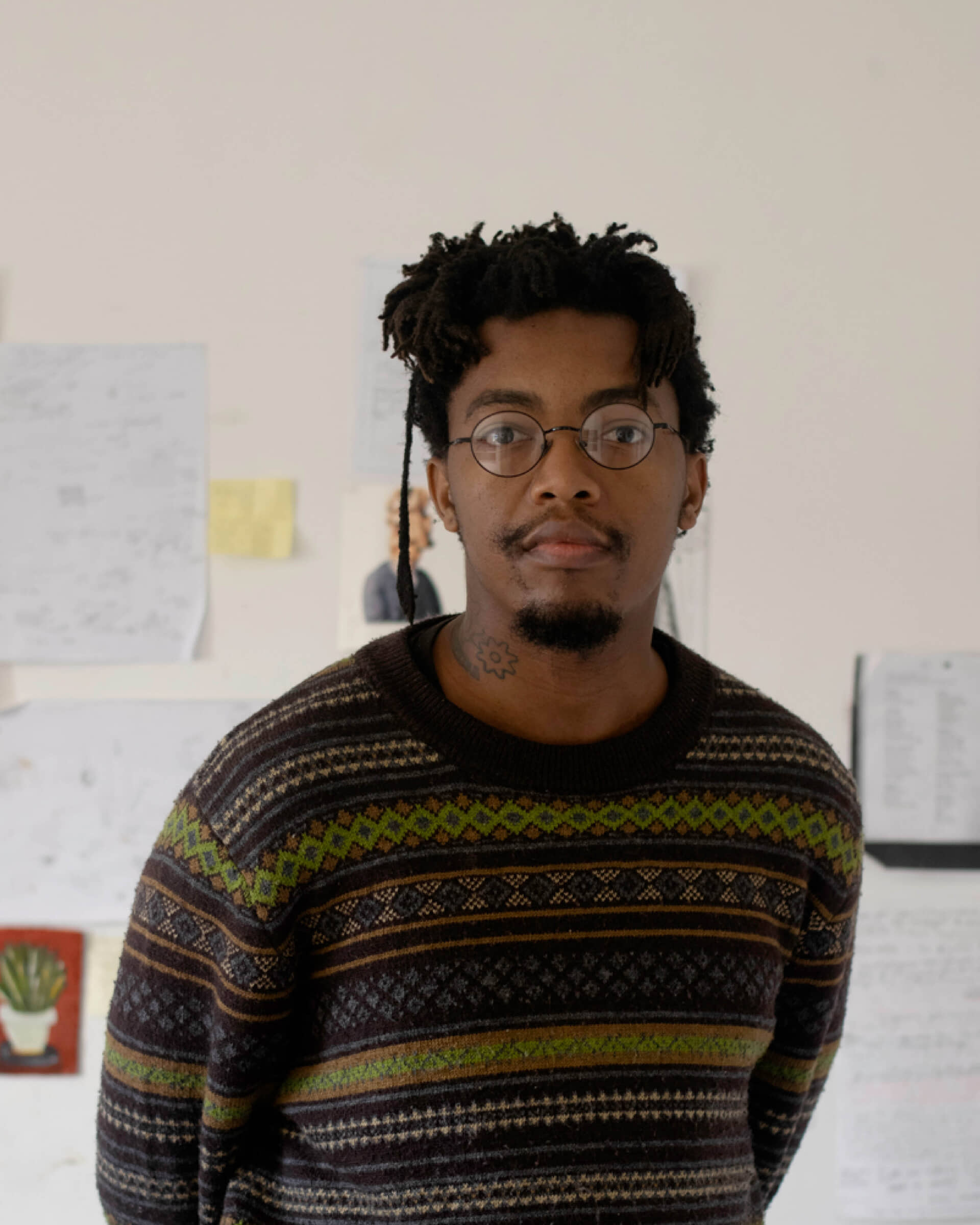
All imagery courtesy of Everard Read
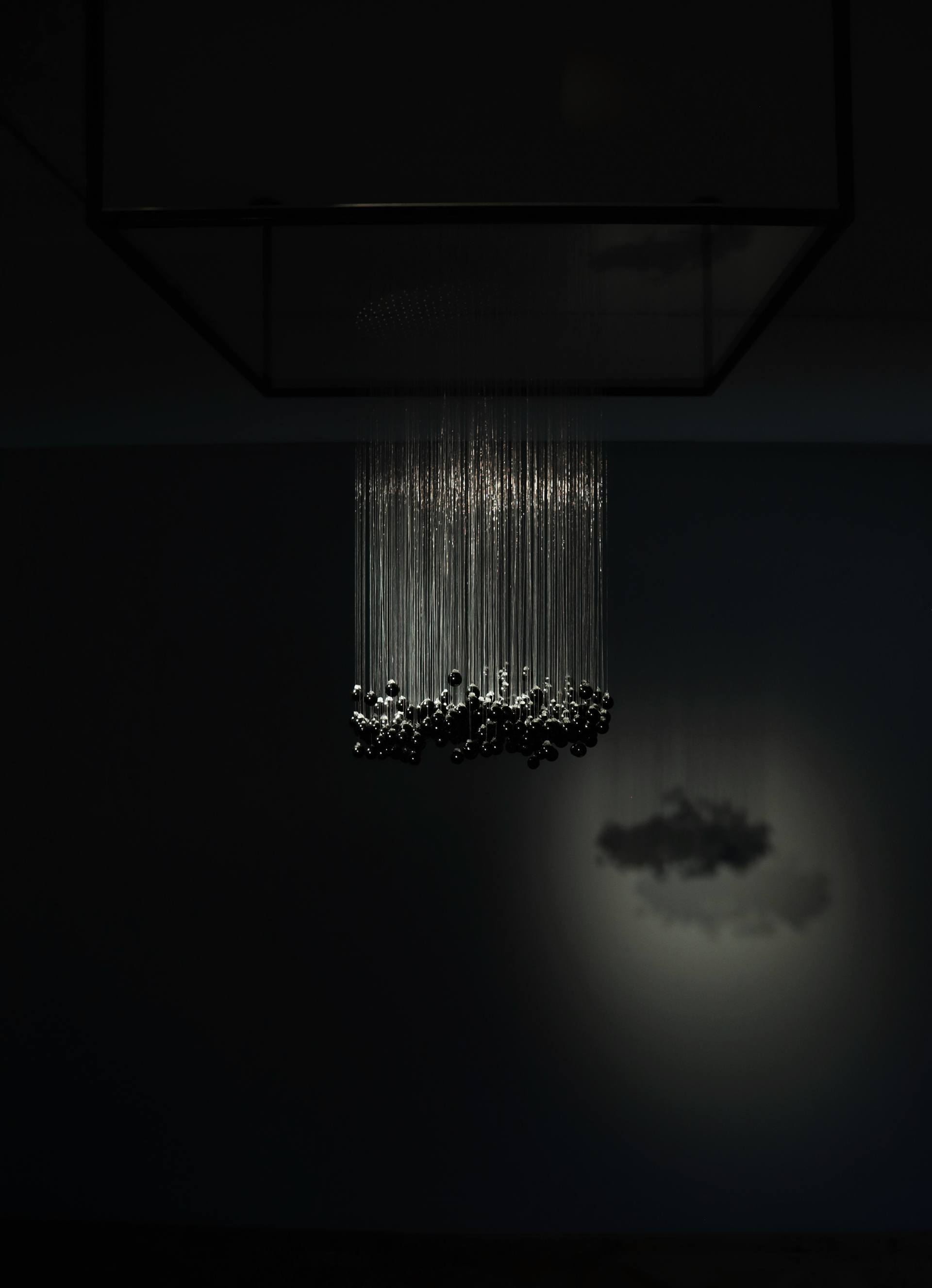
The current exhibition by Vusumzi Nkomo ‘Discordant Infrastructure and other minor gestures’ on show at Everard Read Cape Town is the latest expression of a recurring
preoccupation Nkomo has with anti-blackness as a structural ordering principle of the modern world system. Building on from his two solo exhibitions within the last year
(Ityala Aliboli at AVA Gallery and Propositions for Dis-order at THK in September of 2024), and by materializing a set of violent concepts, Nkomo has now declared himself a systems theorist par excellence.
The staging of the objects in space, the activation of the negative space between the objects, the mediating relation played by the gallery itself, all serve to make the ‘Discordant Infrastructure’ unnerving in ways that can quite literally be felt in the air. From the manipulation of the very atmosphere in the gallery space, to the objects and performances within its walls, the exhibition pushes at the limits of critique by confronting the totalizing violence of modernity and its instruments and institutions of domestication.
One striking feature of Nkomo’s practice is the diversity of media, materials, and objects – infrastructural materials associated with the built environment provide the
scaffolding for organic matter: a metal shelf displays test tubes of plant cuttings; an electrical refrigerator mechanism continually blows cold air into the exhibition space, maintaining the optimal conditions for the seed bank-seed library and cuttings and seeds to survive and grow. The natural matter finds its way into the show as mechanized, domesticated, serialized, codified, processed, commodified and prepped for exchange.
In an essay written by Ziyana Lategan about Nkomo’s Exhibition, they share “Artists engaged in the work of criticism typically follow the impulse of finding ways to subvert the market logic of the gallery, and by doing so, only serve to help the institution avoid being reduced to what it is, to what Nkomo has termed a ‘marketplace of contemplation.’
Nkomo’s practice is an effort to end the desire to give the violence of capital increasingly complicated veils or forms of fantasy that prevent us from seeing it precisely as it is, for what it is. To stage a performance that the artist imagines might resist capture is to miss the point of capitalist abstractions entirely: the institution, the field, frames what it contains, everything within it is always already captured. To stage the everyday practice of exchange, then, is to demonstrate how we are all implicated (by mere participation) in the (infra-)structure of violence. The interplay between the living matter and the hard and sterile brick and metal infrastructure demonstrates that things are growing, moving, changing inside the ecosystem of things, but they do so only within an already determined and limiting system.
To experience ‘Discordant Infrastructure’ on the top floor of Everard Read, gallery goers are forced to enter through a plastic curtain typical of an abattoir entryway, where we anticipate that something is being processed. Nkomo’s manipulation of the atmosphere of the gallery, by deliberately lowering the thermostat, makes the entire space an experiment akin to Hans Haacke’s Condensation Cube (1963-1965); a closed ecosystem of violence, and we are all on the inside, keeping it alive. The ‘cruelly cold’ temperature of the gallery is meant to provide the perfect conditions for the survival of the commodities prepped for exchange, but it also mimics the weather at the time in which the parliament of South Africa is passing the Land Act that codifies the dispossession of land for black people, coincidentally, in the same year as the establishment of Everard Read Gallery: 1913. There is indeed something callous, something cruelly cold, about this discordant fact of history. While blacks were losing the last semblance of their dignity, in the heart of winter, whites were given art, presumably, for its own sake.”
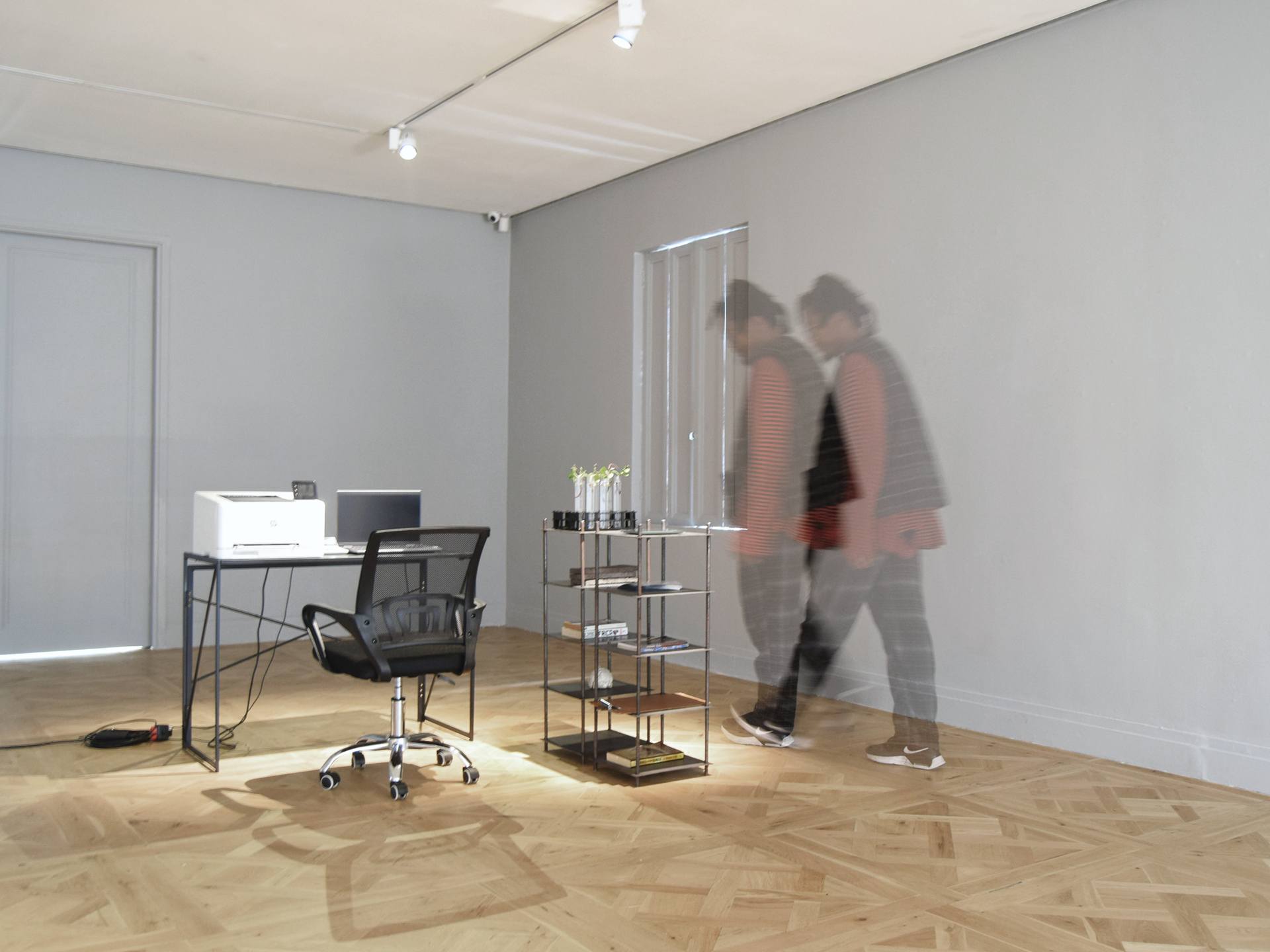
All imagery courtesy of Ndumi Mbala
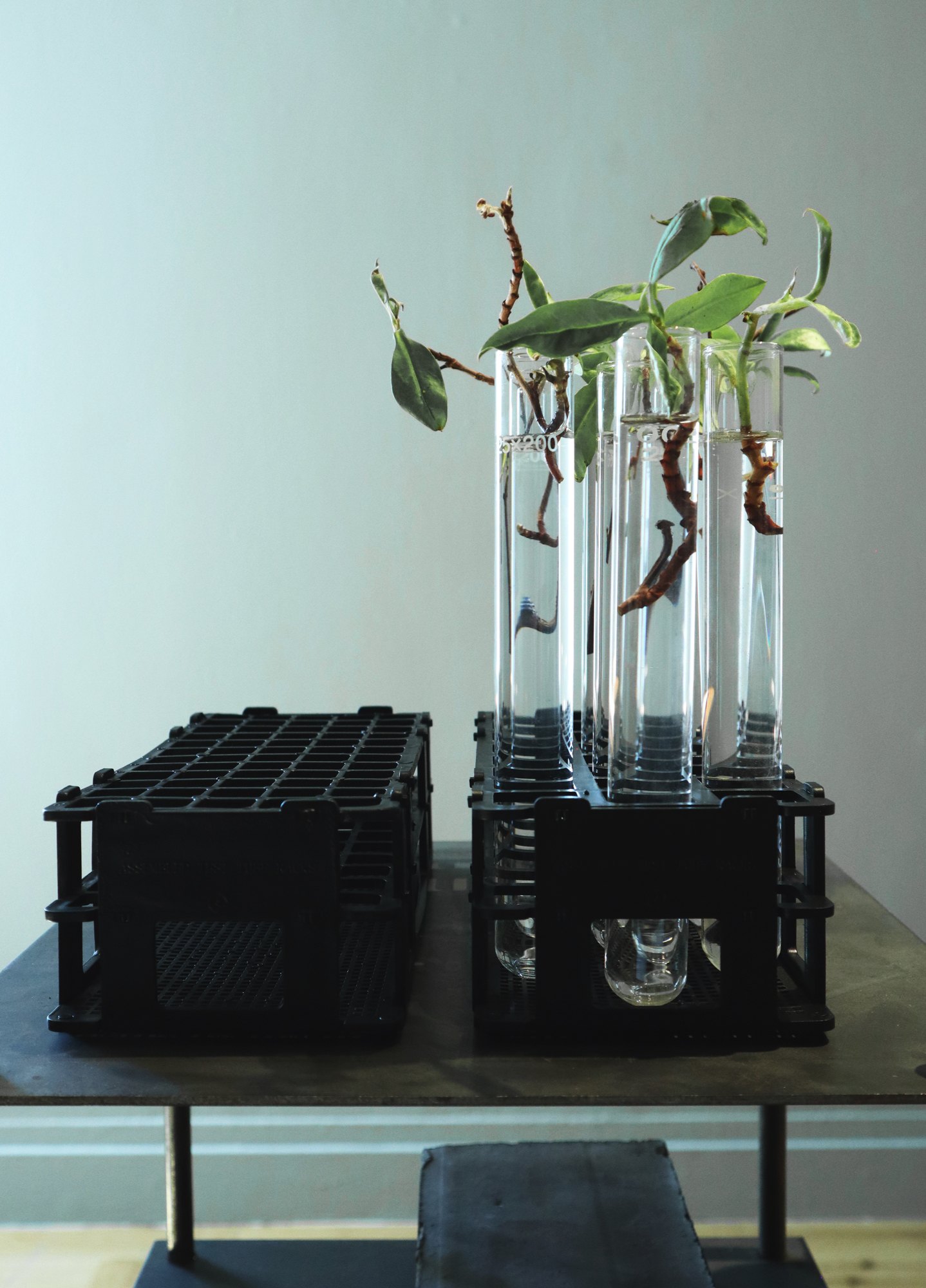
Nkomo’s questions are ultimately about the foundations, the ground, the basic presuppositions that must be asserted as objective truth for the abstractions
to be possible. Even more, he asks about those processes – cognitive and concrete – that serve to veil these violent historical presuppositions. Nkomo calls into question the
modes of enjoyment, leisure, beauty, protection, that we might come to defend because the violence of their roots are abstracted and obscured from us. But what happens when this veil is pierced? What forms of disorder become possible when we expose the abstract myths that provide a psychic reprieve from the violence of the everyday? These gestures are anything but minor, for to point to a system or structure, is to call everything into question.
Essay text by Ziyana Lategan
Press release courtesy of Everard Read



